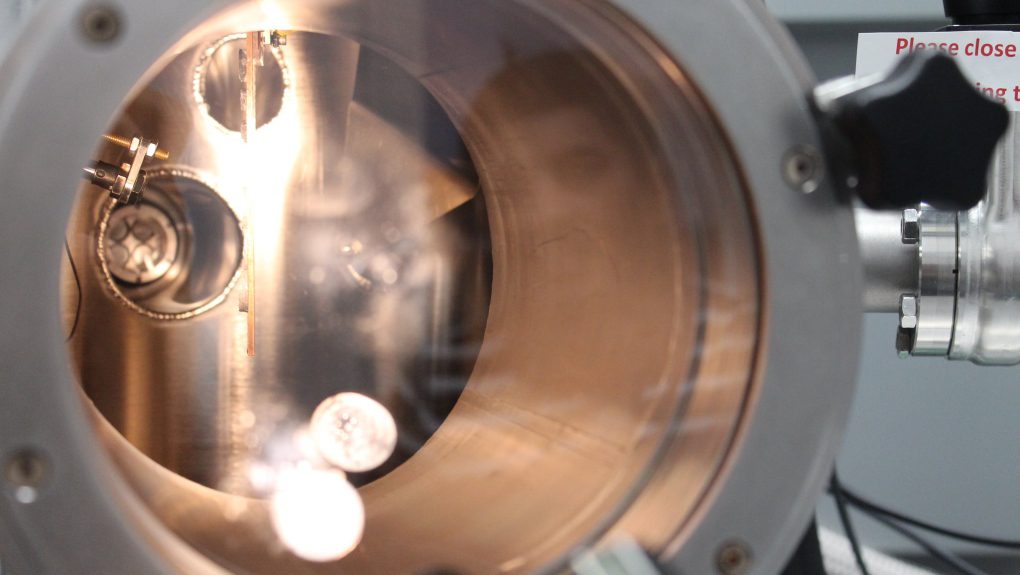Global Courant 2023-04-27 06:51:09
A new study from McGill University brings science one step closer to understanding how metastatic cancer spreads through the body, something researchers hope could lead to new treatments.
Researchers dug into the function of specific proteins — called regenerating liver phosphates (PRLs) — found in countless creatures from humans to fruit flies, to track how they promote cancer growth.
Previous research has shown that these proteins, which play a role in cell growth and metabolism, occur in overwhelming numbers in some cancers.
“It’s important for us to study PRLs because they are so important in cancer,” Dr. Kalle Gehring, professor of biochemistry and founder and director of the McGill Center for Structural Biology, said in a press release. “In some cancers, such as metastatic colon cancer, the proteins are overexpressed up to 300 times.”
Overexpression in cellular biology refers to when too many copies are made of a protein or other substance. Cancer occurs when cells replicate themselves out of control and that tissue then begins to grow in other parts of the body.
The fact that PRLs are so overrepresented in cancer tissue means they have long been considered a target for cancer treatments, Gehring explains.
In the new study, published this month in the peer-reviewed Journal of Biological Chemistryresearchers sought to understand whether or not the way PRLs function is specific to human cells, or whether these properties are found in the many other organisms in which they are found.
“This conservation of a trait between species and evolution is a strong indication of its importance,” Gehring said in a video release.
Researchers studied the proteins of 15 organisms, including humans, single-celled organisms, zebrafish and some plants, and confirmed that PRLs are present in all organisms.
One species they’ve looked at extensively couldn’t be more different than humans: fruit flies.
But even in these insects, there was one aspect of PRLs that was identical to humans.
“What we learned is that they all bind the magnesium transporters in the same way,” Gehring said.
The fact that this binding technique is preserved in so many different species suggests that the way these proteins bind is central to their functioning in a body, and provides a much clearer picture of how scientists can design drugs to turn off these proteins when necessary. are.
“We’re excited because it helps us understand this pathway, and that will reveal new targets for drugs to prevent cancer progression,” Gehring said.
The research was made possible by data collected at the Canadian Light Source (CLS) at the University of Saskatchewan. The research facility contains an instrument capable of producing the brightest light in the country, millions of times brighter than the sun.
It’s called a synchrotron, and the different wavelengths and intensities of light it produces allow researchers to study the structural and chemical properties of things at the molecular level.
Using this data, Gehring and his team were able to compare the structures of PRLs of different species and more easily observe differences and similarities.
“We have worked with the CLS for many years and have always had very positive experiences,” said Gehring. “The facility is world-class and truly essential for biomedical research in Canada.”




